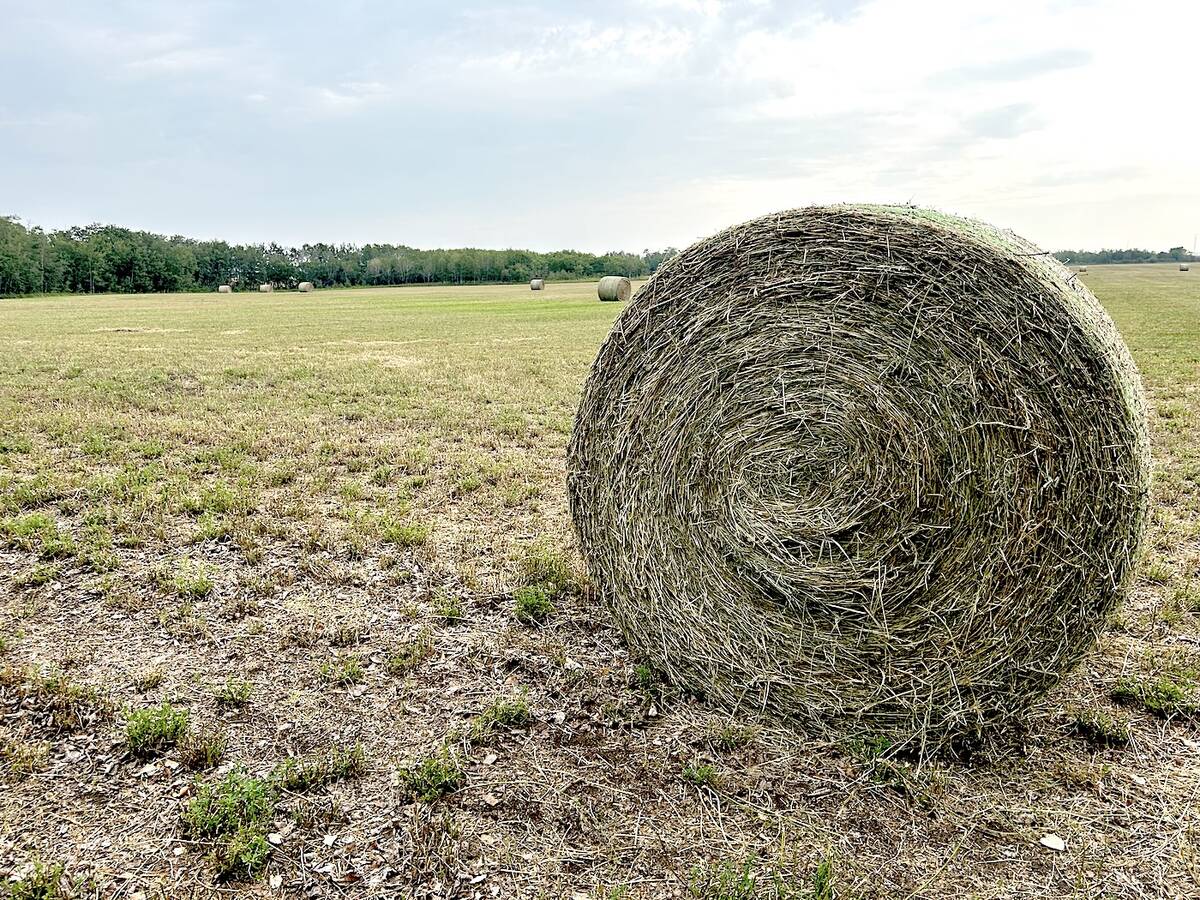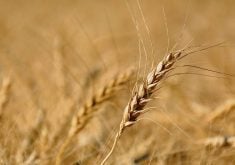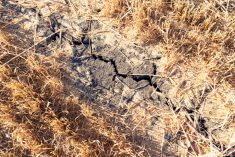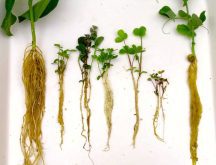Some of you read this article title and decided to read one sentence before moving on. Some of you have already moved on.
Like many of you, I haven’t had a lot of respect for many of the things the UN thinks, endorses, or gets involved in. So why am I, a self-proclaimed redneck Alberta grain farmer, excited about the International Year of the Pulse? So many reasons!
First, full disclosure — I serve on the board of the Alberta Pulse Growers, so I am obviously a pulse promoter. Second, we grow pulses — in our area, that means yellow or green peas and faba beans — and we appreciate they are our only crops that make the soil better after having grown them due to nitrogen fixation. Third, I like to know what’s in my food, and I know how good pulses are for our diet, not to mention our taste buds.
Read Also

Alberta has adequate feed supplies going into winter
Hay yields across Alberta were varied, but one expert says feed supplies are in strong supply for Alberta producers for the upcoming winter.
- More from the Alberta Farmer Express: Frozen pulse snack on a stick takes the cake at Mission ImPULSEible
So in my mind, anything that promotes pulse consumption, and therefore pulse production, is something I’ll get behind.
But it goes deeper than that. Before you say, “Nobody pays any attention to the UN Year ofs,” consider 2013 — the International Year of Quinoa.
How many of you had tasted quinoa before 2013? How many of you had purchased it? Had it in a restaurant side dish?
Not many, I would venture.
And yet, today, it is a common item in the “small grains” section of grocery stores, and trendy in our restaurants. If a UN designation can do that for a grain that was hardly heard of 10 years ago, imagine what UN promotion can do for a food item that has been eaten around the world for millennia.
Now, to a key question: Why should you try eating more peas, beans, or lentils?
First of all, variety is important in all healthy diets. Secondly, pulses are very high in fibre, in protein, and are very nutrient dense. They contain complex carbohydrates, which keep blood sugars very normal (good for a diabetic diet). They are gluten free, which is important for celiacs. And when eaten regularly, they can reduce bad cholesterol.
So why don’t Canadians, who grow so many pulses and account for 35 per cent of the world’s pulse trade, eat more of them?
The main reason is we think they give us gas.
Most dietitians will tell you that your body needs to eat something regularly in order to adapt to it and not have side-effects. This is a basic food rule, whether it is meat, milk, a fruit, a vegetable, or the pulses which you are avoiding. In other words, if you eat beans more regularly, you’ll actually stop having gas issues. Give them a chance.
Now back to the original question. Why would I, as a farmer, be excited about the International Year of the Pulse?
In my market-oriented mind, if the UN promotes pulses worldwide and consumers around the world decide to eat more pulses, there will be more demand for them. Large companies such as PepsiCo and Unilever will put even more whole pulses, pulse purée, and fractionated pulses in their prepared foods. More restaurants will prepare meals and side dishes with pulses. Farmers worldwide will be asked to produce more pulses and should see higher prices. That will also generate demand for better varieties, better disease control, better herbicides, etc.
That’s all good for farmers, right?
So yes, I’m excited about the International Year of the Pulse. I’ll be promoting it wherever I find a venue, as will many others in pulse-producing countries around the world.
How about you? Grow more pulses, eat more pulses!















